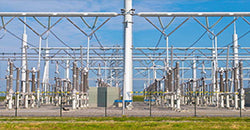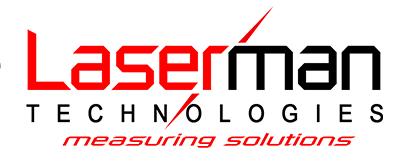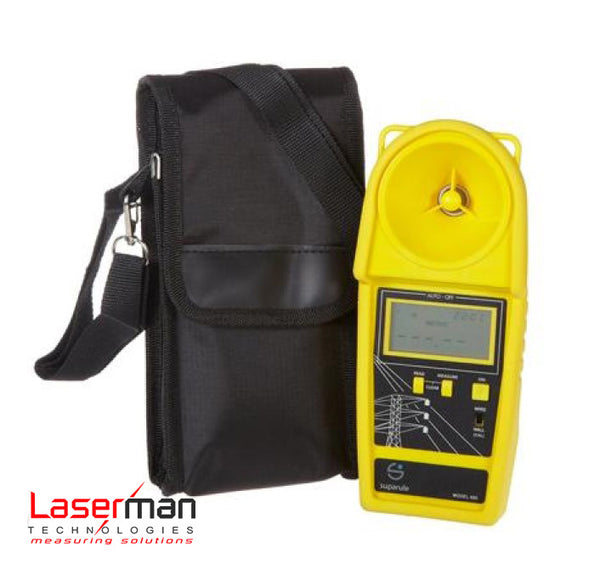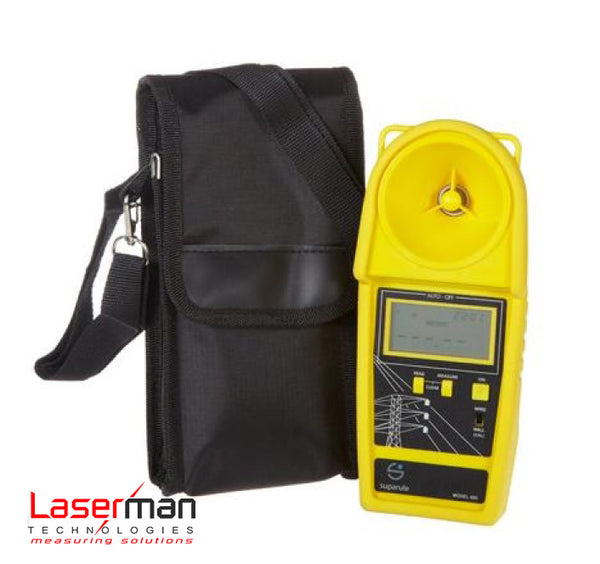Renewable Energy Solutions

 |
Solar PanelsA single photovoltaic cell contains semiconductors that can convert sunlight into electricity. As photovoltaic cells only generate a limited amount of energy, numerous cells are connected together to create a single solar panel. Working together, multiple solar cells generate higher currents, and therefore more energy. Photovoltaic cells are the primary component that makes up a solar panel, while solar panels are a vital component that makes up a solar system. Recommended Product: Fluke 393 FC, Fluke IRR1-SOL, Fluke Ti480 Pro, Fluke 1625-2, Spectra DG813 |
 |
Battery StorageHealthy batteries should maintain a capacity above 90% of the manufacturer’s rating. Most manufacturers recommend replacing the battery if its capacity falls below 80%. Plate degradation, sustained high temperatures or an increase in resistance of more than 20% compared to the baseline or previous measurement are key signs of failure and require regular testing to ensure optimal performance and prevent downtime. Recommended Product: Fluke 1777, Fluke 87V Max, Fluke BT521, Fluke Ti480 Pro, Fluke 1625-2, Fluke Norma 6000+ |
 |
Inverter BoxesSolar panels generate DC electricity, and solar inverters are required to convert the power from DC to AC in order to make a connection to the utility grid. It is crucial to regularly check the inverter's operating DC input voltage and current level and, on the AC side, the inverter's output voltage and current levels, to ensure that the inverters are producing the correct output. Recommended Product: Fluke 1537, Fluke 1748, Fluke 393 FC, Fluke 1777, Fluke 87V Max, Fluke Ti480 Pro, Fluke 125B, Fluke Norma 6000+ |
 |
Electrical Substation and TransmissionThe Electrical Substation is the key interface between the Utility Grid and Renewable Installations. All substations require a comprehensive maintenance programme including the testing of Transformers, Circuit Breakers, Batteries & Chargers, Relays and Isolating Circuit Switches. Recommended Product: Fluke 1555 FC, Fluke 1748, Fluke 1777, Fluke ii910, Fluke Ti480 Pro, Fluke 125B, Fluke 1625-2, Fluke Norma 6000+ |
 |
Combiner BoxesA Solar Combiner Box combines the output of numerous strings of PV modules for connection to the inverter. Generally, it houses the input overcurrent protection fuse assemblies for multiple strings. Amperage measurements and calculations are crucial to establishing whether the PV arrays are operating correctly. Recommended Product: Fluke 1537, Fluke 393 FC, Fluke 87V Max, Fluke Ti480 Pro, Fluke 125B, Fluke 1625-2 |


Energy transition with support from the Black Forest
Wind power is one of the fastest growing energy sources in the world and has the potential to drastically reduce dependence on fossil fuels. This makes it all the more crucial to manufacture wind turbines as efficiently and with as little use of resources as possible. Laser projectors from Z-LASER have proven their worth in this regard. By using them, it is possible to increase productivity in the manufacture of rotor blades by up to 30%, optimize quality and minimize human error.
Your challenge:
A particularly complex manufacturing step in the production of a wind turbine is the production of the rotor blades: The laying, alignment and positioning of the glass fiber mats, prepregs and carbon fiber decals for this integral component is largely carried out manually in order to achieve the highest possible homogeneity of the rotor blades. This is crucial for energy efficiency and the service life of the turbine. Irregularities or shape defects in the rotor blades can impair the aerodynamics and thus lead to reduced performance.
Uneven loading due to varying wind conditions can also lead to vibration and increased wear of the rotor blades, resulting in higher maintenance costs and shortened wind turbine life.
It is therefore of great importance that the rotor blades of a wind turbine are manufactured with the highest precision and homogeneity to ensure optimum performance and longevity.

Laser projectors for homogeneous rotor blades
Our laser projectors have been specially optimized for complex positioning and alignment applications such as those encountered in the production of rotor blades. The projectors project the contours of fiber mats, decals, balsa cores or struts just as clearly and unambiguously as the placement points for vacuum cups.
Our Solution
Your advantages with laser projectors from Z-LASER
Laser projectors for homogeneous rotor blades
Our laser projectors have been specially optimized for complex positioning and alignment applications such as those encountered in the production of rotor blades. The projectors project the contours of fiber mats, decals, balsa cores or struts just as clearly and unambiguously as the placement points for vacuum cups.
At the same time, the laser projectors have interfaces for all common 3D CAD design programs to display contours even on curved surfaces.In addition, individual letters, texts or numbers can also be projected to define specific projection patterns in more detail.







